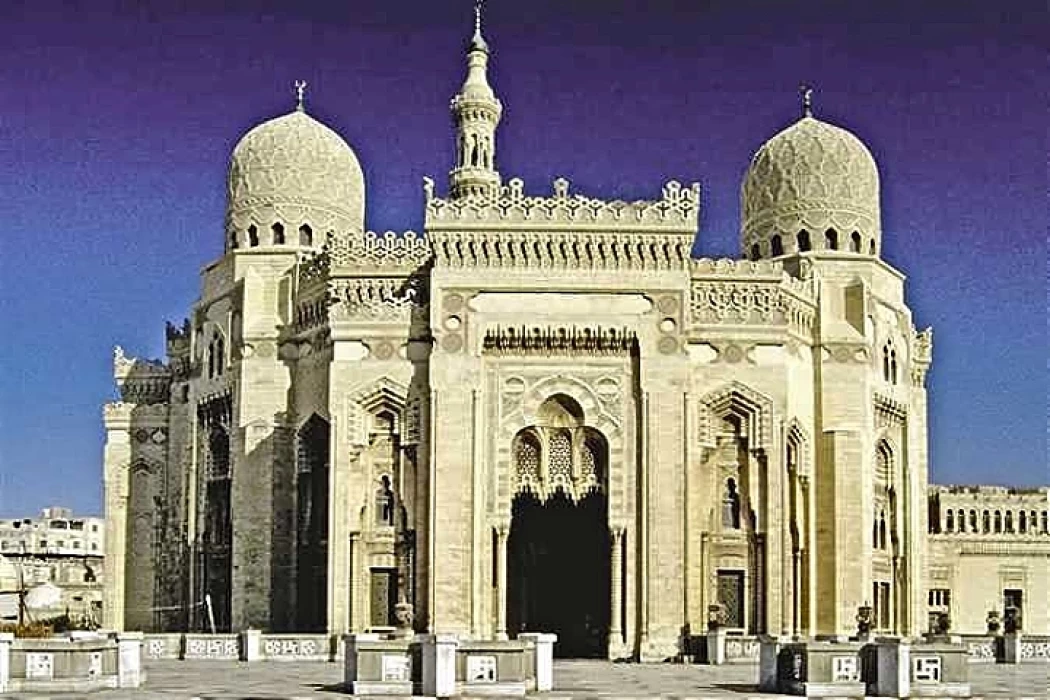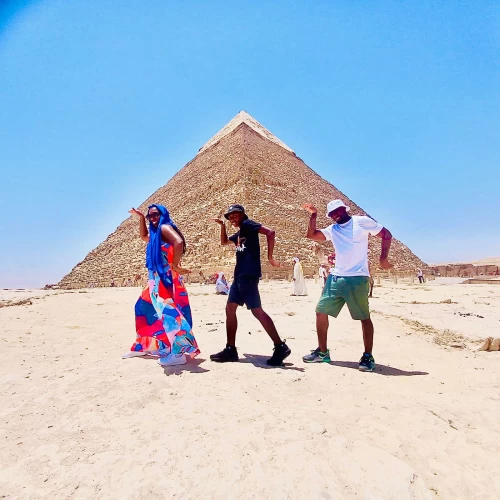
Mosque of abu al-abbas al-mursi | masjid abu al-abbas al-mursi
Abu al abbas al mursi mosque in alexandria
Abu al-Abbas grew up in a religious environment that prepared him for Sufism in the city of Alexandria for about 43 years, where he was considered the most prominent man of the Shadhili Order, he died in 686 AH and was buried in the city in the Bab al-Bahr cemetery, until the chief merchant of the city, Sheikh Zain al-Din Ibn al-Qattan, built-in 706 AH It is a mosque, known by his name.
The area of the mosque’s land reached 3000 square meters, and its design was taken into account to be regular from the inside, and the length of each of its sides was 22 meters, and the dome and minaret were located on the tribal side, and the mosque facilities were located on the western side.
The mosque overlooks the eastern port in the Al-Anfoushi region, and it is built in the Andalusian style with marble and copper columns and octagonal columns, and the most important characteristic of the mosque is the decoration of the Arab and Andalusian style, and the western dome tops the mausoleum of Abu al-Abbas and his two sons.
The mosque has gone through many restorations since its foundation, the most prominent of which was in the year 1477, after the mosque was completely neglected until the Prince of Alexandria, Qamash al-Ishaq al-Zahi, ordered to rebuild it, then established a tomb for himself next to the tomb of Abi al-Abbas and was buried there.
In 1596 AD, the building of the mosque was renewed by Sheikh Abu Al-Abbas Al-Nasafi Al-Khazraji, and perhaps the most prominent renovation and expansion were in 1775 AD when Sheikh Abu Al-Hassan Ali bin Ali Al-Maghribi came to Alexandria and visited the shrine and saw its narrowness and ordered its renewal, as well as renewed the cabin and the dome and expanded the mosque.
During the year 1863 AD, the Sheikh of the Builders Sect ordered its restoration and renewal after he saw the demolition and worsening of the mosque, then he stopped it and took a watchdog to stop it later on expanding it little by little.
The mosque remained so until King Fuad I ordered the construction of a spacious square called the Mosque Square, with a large mosque for Abu Al-Abbas Al-Morsi and a mosque for Imam Al-Busiri and Sheikh Yaqut Al-Arsh, and the current design was developed by the Italian architect Mario Rossi, and its construction was completed in 1943 AD.
Every year, the mosque receives the followers of the Marsa Abu al-Abbas, where the Sufi orders hold major celebrations that roam the surrounding streets, and the mosque’s yard is filled with visitors, and the mosque is the main place for the official religious ceremonies in the presence of the leaders of the Ministry of Endowments and the executive leaders in the governorate.















